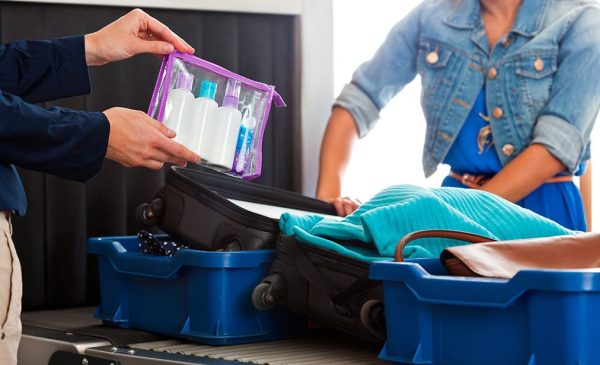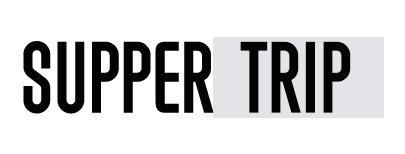If you’re taking a flight for your vacation, you need to know the quantities and types of liquids that the Transportation Safety Administration (TSA) allows passengers to bring onto an airplane in carry-on luggage.
The TSA and airport screeners are strict about the amount and type of liquids that travelers can take with them on the plane. However, they’ve fortunately developed a handy guide to help passengers prepare for their trip. Known as the 3-1-1 rule for carry-on liquids, this rule states that most liquids, gels, and aerosols can be transported as long as each item is in a 3.4-ounce or smaller container and all items fit in a single one-quart plastic zip-top bag.

The 3-1-1 Rule
According to the 3-1-1 guidelines, travelers, in general, are allowed to bring on most liquids, from shampoo to hand sanitizer gels, as long as they meet the requirements of the 3-1-1 rule. Typically this means you can carry up to six 3.4-ounce bottles of shampoos, contact solution, and other liquid necessities as long as they are all contained within a zip-top bag.
You can also put liquids in your checked luggage (as long as they’re not prohibited items). However, if you do this, you should make sure the liquids are sealed really well so that they don’t come up while being transported beneath the aircraft. The last thing you need on a business trip is to have your shampoos or other liquids leak all over your business suit or wardrobe. Fortunately, there are plenty of great TSA-approved travel toiletry bottles available to choose from.
Special Liquids and Larger Quantities
Travelers can also declare larger containers of selected liquids, such as baby formula or medications, at the checkpoint. Airport screeners will generally allow them in moderate quantities, and declared liquids don’t have to be in zip-top bags.
Medications, baby formula and food, and breast milk are allowed in reasonable quantities exceeding three ounces, but you’ll need to declare these items for inspection at the checkpoint. Also, it’s worth noting that TSA screeners do allow you to bring ice through the security checkpoint as long as it’s frozen solid. So if you bring ice, make sure to dump out any water before you hit the security checkpoint.
Examples of liquids that can be in excess of the 3.4-ounce rule include:
Baby formula, breast milk, and juice (for babies)
Both prescription and over-the-counter medications
Liquids or liquid nutrition for people with disabilities or medical conditions
Specialized medical liquids like contact solution
Frozen items, if they’re frozen solid
Medical or cosmetic items with liquid or saline
If you’re attempting to bring one of the above items with you, the TSA requires you to separate them, declare them to a security officer, and present them for additional screening. For complete information on the 3-1-1 rule, visit the TSA website, and for a complete list of prohibited items, visit the official TSA prohibited items list.
The TSA 3-1-1 Rule actually took a considerable amount of negotiation and research to implement and was developed in response to an attempted attack on an airport in the United Kingdom.
On August 10, 2006, authorities in the United Kingdom arrested a group that was planning to destroy a number of airplanes by using an explosive mixture of a sports drink and other chemicals. After the arrest, the TSA rigorously tested a wide variety of liquids to determine which should be banned outright and what quantity of common household liquids was safe for passengers to bring aboard.
The United States adopted the 3-1-1 Rule in September of 2006, and the TSA screens all arriving international flights to make sure passengers comply with domestic regulations. Other countries have since adopted the same or similar regulations in order to ensure uniform administration of safety rules around the world. Canada, China, South Korea, New Zealand, Australia, and all member states of the European Union follow the 3-1-1 Rule.
